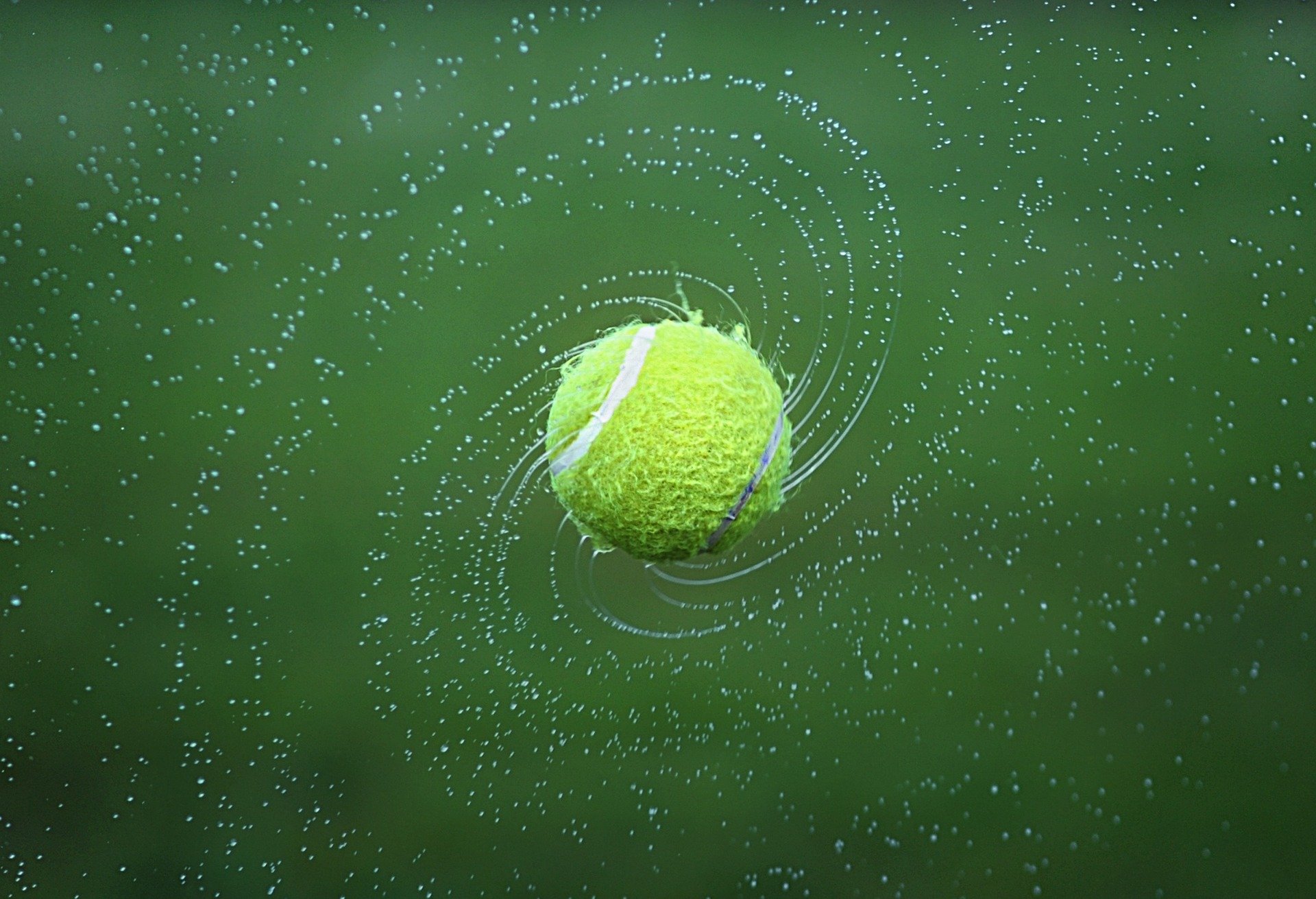News release
From:
Vehicles that can propel themselves along the water and self-navigate around any object in their path could soon be a reality thanks to new research from The Australian National University (ANU).
According to lead author, ANU physicist Associate Professor Hua Xia, the study builds on the “Magnus effect” – a force that acts on spinning objects.
“This force is widely used in sport, for example when tennis players use topspin or backspin to control the trajectory of the ball,” Associate Professor Xia said.
“The idea of the using this force to propel vehicles along the surface of the water was initially implemented in rotor-ships – where large rotors are mounted on the vessel and driven by the engine, pushing the ship perpendicular to the wind and acting as a kind of sail.
“But we were interested in what happens when there’s no wind.”
The research team studied the motion of fast-spinning disks on the water’s surface. They found when the disks reached a certain spin rate, they started self-propelling with acceleration.
“When the disk approaches a solid boundary, it stops accelerating and travels at a constant speed along the boundary of practically any shape, at a fixed distance from it,” Associate Professor Xia said.
“This opens the door for numerous applications, including autonomous water vehicles, marine robotics and to monitor hazardous environmental conditions.”
The research has been published in Science Advances.



 Australia; ACT
Australia; ACT


